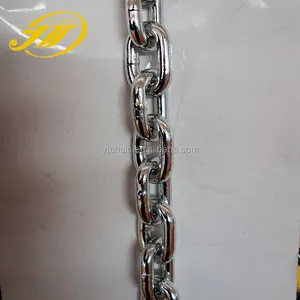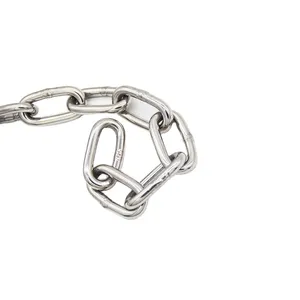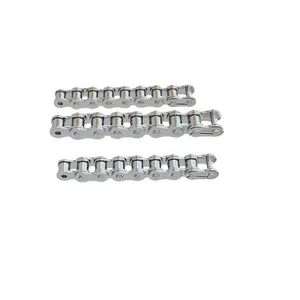About products and suppliers
تقدم Alibaba.com عددًا كبيرًا من الواقعية المصممة خصيصًا. 16 سلسلة ربط قصيرة كمصدر للمتعة المستمرة لأطفالك. هذه رائعة. تعتبر 16 سلسلة ربط قصيرة ذات جودة عالية وهي وصفة مثالية لقضاء بعض الوقت الممتع أثناء اللعب لأطفالك. يمكنك الذهاب لمجموعة متنوعة متميزة. 16 سلسلة ربط قصيرة على الموقع بأسعار معقولة. تتميز هذه المنتجات بمتانة قوية ، مما يساعدها على الاستمرار لفترة طويلة. كما أنها مصنوعة من مواد صديقة للبيئة ولا تضر بالبيئة ، سواء في عملية الإنتاج أو أثناء التخلص منها.
يحب الأطفال دائمًا ممارسة ألعاب الرماية ، سواء كانوا يمارسونها على الكمبيوتر أو باستخدام واقعي. -يبحث. 16 سلسلة ربط قصيرة بسبب الإثارة التي يواجهونها أثناء اللعب. هذه الظهورات الرائعة والمهنية. تعتبر 16 سلسلة ربط قصيرة مثالية للأطفال الذين تزيد أعمارهم عن 8 سنوات لقضاء وقت ممتع في اللعب وتجربة الحياة المليئة بالإثارة لأبطالهم المفضلين على الشاشة. هؤلاء. لا تعتبر 16 سلسلة ربط قصيرة مظهرًا متينًا وواقعيًا فحسب ، ولكنها متوفرة أيضًا بأشكال مخصصة.
تقدم Alibaba.com مجموعة مذهلة من العناصر الحيوية. 16 سلسلة ربط قصيرة المتوفرة في طرز وتصميمات وأشكال وأحجام مميزة مماثلة لتلك الخاصة بالبنادق الواقعية. هذه مذهلة. 16 سلسلة ربط قصيرة مصنوعة من مواد مميزة مثل بلاستيك ABS ، ومواد PP ، وغيرها الكثير لتقديم موثوقية متسقة وأداء طويل الأمد. يمكنك أيضًا استخدام الأجهزة الإلكترونية. 16 سلسلة ربط قصيرة أو البنادق السهام التي تُصدر صوتًا أثناء إطلاق النار.
ابحث عن الواسع. خيارات 16 سلسلة ربط قصيرة على Alibaba.com وشراء المنتجات التي يمكن أن توفر لك الكثير من المال الذي تنفقه على مشترياتك. جميع هذه المنتجات حاصلة على شهادات ISO و CE و SGS ومدعومة بفترات ضمان ممتدة. أوامر OEM متوفرة مع التغليف المخصص.








































 浙公网安备 33010002000092号
浙公网安备 33010002000092号 浙B2-20120091-4
浙B2-20120091-4